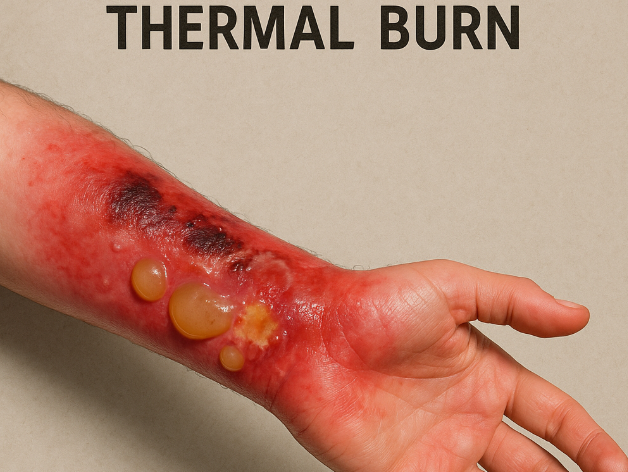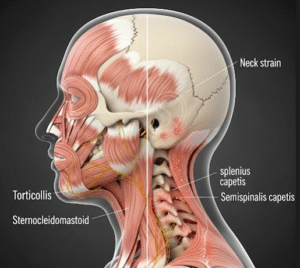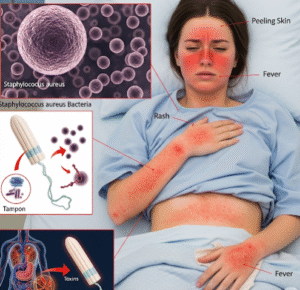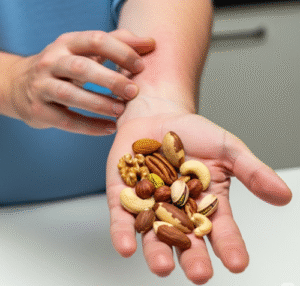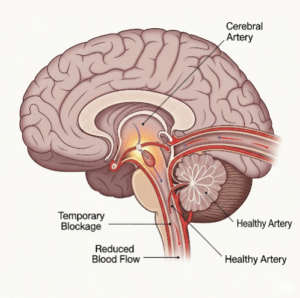Overview
A thermal burn is an injury to the skin or underlying tissues caused by exposure to heat sources such as fire, hot liquids, steam, or hot objects. Thermal burns can vary in severity from minor first-degree burns affecting only the outer layer of skin to life-threatening third-degree burns involving deep tissues. In Korea, advanced burn centers provide comprehensive care, including emergency treatment, surgical interventions, skin grafting, and rehabilitation, ensuring optimal recovery and minimizing long-term complications.
What is a Thermal Burn?
A thermal burn occurs when the skin or tissues are damaged by direct heat contact. The extent of injury depends on the temperature, duration of exposure, and the body area affected. Burns are classified into different degrees based on depth and severity:
- First-degree burns: Affect the outer layer (epidermis), causing redness and pain.
- Second-degree burns: Extend into the dermis, causing blistering, swelling, and intense pain.
- Third-degree burns: Involve full-thickness skin damage, potentially affecting muscles, nerves, and bones, often leading to numbness due to nerve destruction.
Thermal burns not only damage the skin but also pose risks for fluid loss, infection, and systemic complications.
Symptoms
Symptoms of thermal burns vary depending on the severity and size of the burn:
- Redness and swelling of the affected area
- Blisters or open sores in second-degree burns
- White, charred, or leathery skin in third-degree burns
- Intense pain in superficial burns; numbness in deep burns
- Peeling skin during healing
- Shock symptoms in extensive burns, including rapid heartbeat, low blood pressure, and confusion
- Signs of infection such as pus, foul odor, or increased pain
Causes
Thermal burns are caused by direct exposure to high temperatures:
- Flames or fire: House fires, wildfires, or clothing catching fire
- Hot liquids (scalds): Boiling water, steam, or cooking oil
- Hot objects: Contact with heated metal, stoves, or irons
- Steam or hot gases: Industrial accidents or domestic scalding
- Electrical sources causing secondary heat burns
The severity depends on the heat intensity, exposure time, and affected body surface area.
Risk Factors
Certain factors increase the likelihood of experiencing thermal burns:
- Age: Children and elderly individuals are more vulnerable
- Occupation: Firefighters, chefs, or industrial workers have higher exposure risk
- Unsafe living conditions or lack of fire safety measures
- Alcohol or drug use that impairs judgment and reaction time
- Chronic medical conditions that slow healing, such as diabetes
- Household accidents, particularly scalds in children or elderly
Complications
Thermal burns can lead to serious complications, especially in severe cases:
- Infection and sepsis due to damaged skin barrier
- Fluid and electrolyte imbalance leading to shock
- Hypothermia from large surface-area burns
- Scarring, contractures, and limited mobility
- Psychological trauma and post-traumatic stress disorder (PTSD)
- Organ failure in extensive burns
- Eye or airway damage if burns involve the face or respiratory tract
Prevention
Preventive measures can significantly reduce the risk of thermal burns:
- Install smoke detectors and fire extinguishers at home
- Use protective gear while cooking, handling hot liquids, or working with fire
- Keep children away from hot surfaces and liquids
- Practice fire safety measures, including fire drills and safe handling of flammable materials
- Avoid unattended heating appliances or open flames
- Educate high-risk populations on burn hazards and first aid
Treatment Options in Korea
Korean burn centers provide comprehensive care for thermal burns, from emergency management to long-term rehabilitation:
1. Immediate Care
- Cooling the burn area with clean, cool water
- Removing constrictive clothing or jewelry
- Covering the burn with sterile, non-stick dressings
- Pain management with analgesics
2. Medical Treatments
- Topical antibiotics and ointments to prevent infection
- Intravenous fluids for moderate to severe burns
- Tetanus vaccination for burn patients at risk
3. Surgical Interventions
- Debridement: Removal of dead or damaged tissue
- Skin grafting: Transplantation of healthy skin to cover deep burns
- Reconstructive surgery: To restore function and appearance in extensive burns
4. Rehabilitation and Supportive Care
- Physical therapy to prevent contractures and maintain mobility
- Occupational therapy for functional recovery
- Psychological counseling for trauma and anxiety
- Long-term scar management with pressure garments or laser therapy
5. Cost and Hospital Care
Treatment costs in Korea vary based on burn severity, body surface area affected, and surgical requirements. Leading burn centers offer multidisciplinary care, advanced surgical techniques, intensive care units, and structured rehabilitation programs, ensuring optimal recovery and reduced long-term disability.
With timely intervention, modern surgical techniques, and dedicated rehabilitation, patients with thermal burns in Korea can achieve excellent functional and cosmetic outcomes, minimizing complications and improving quality of life.

